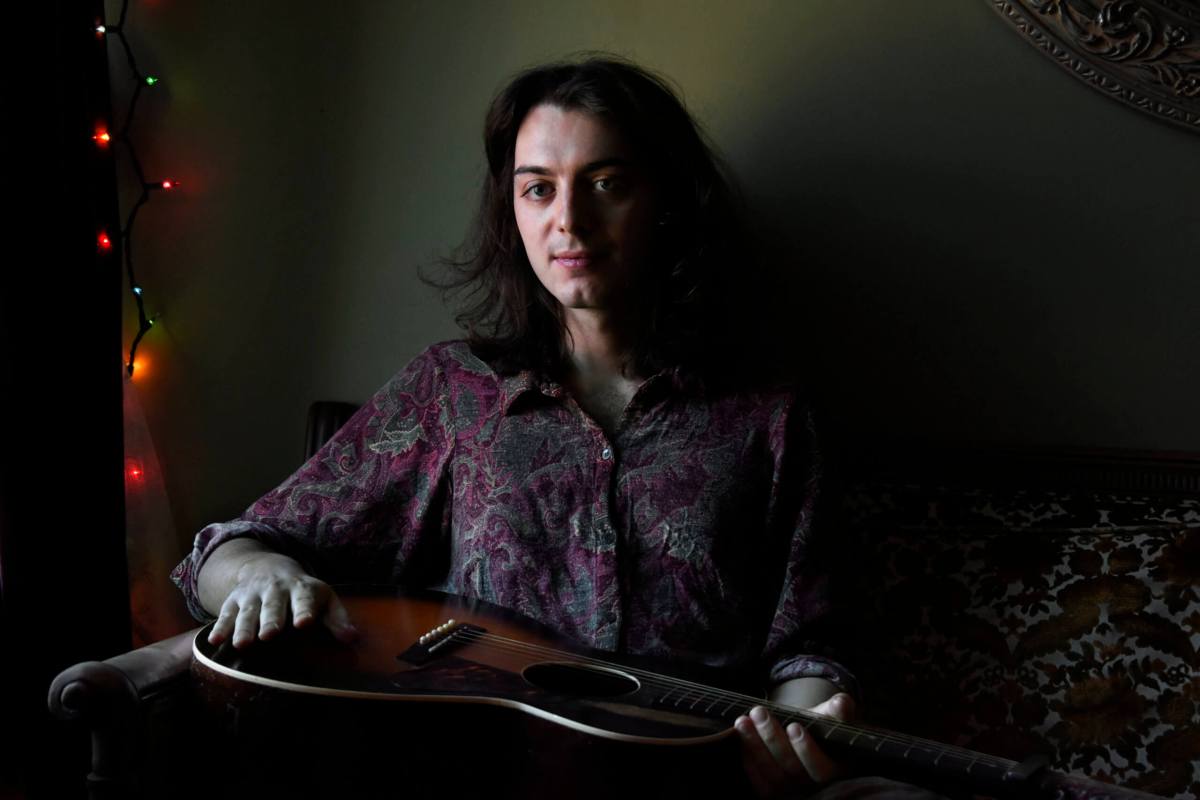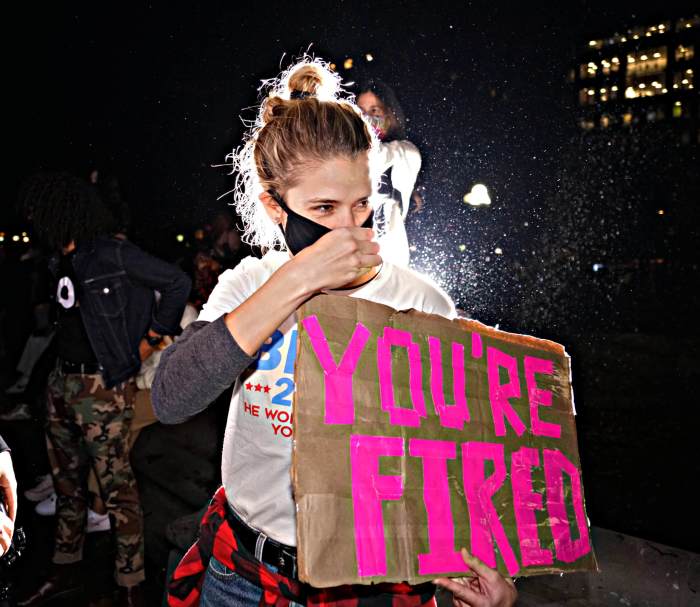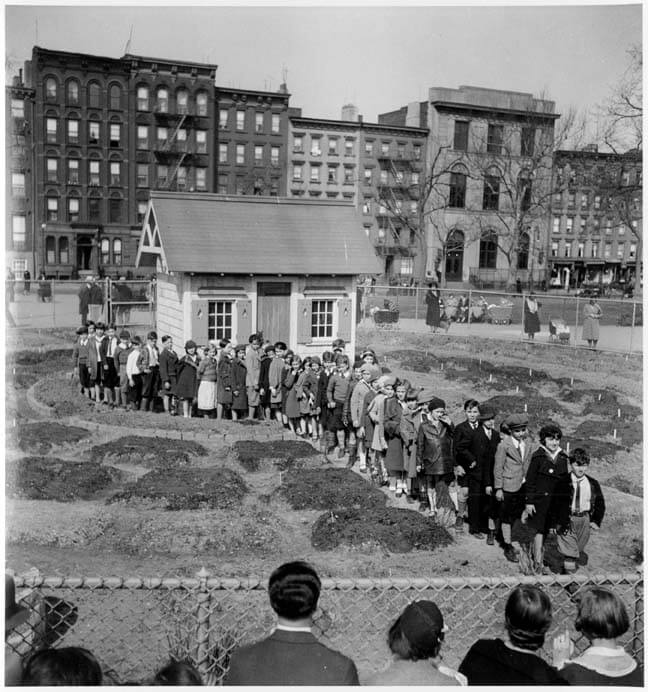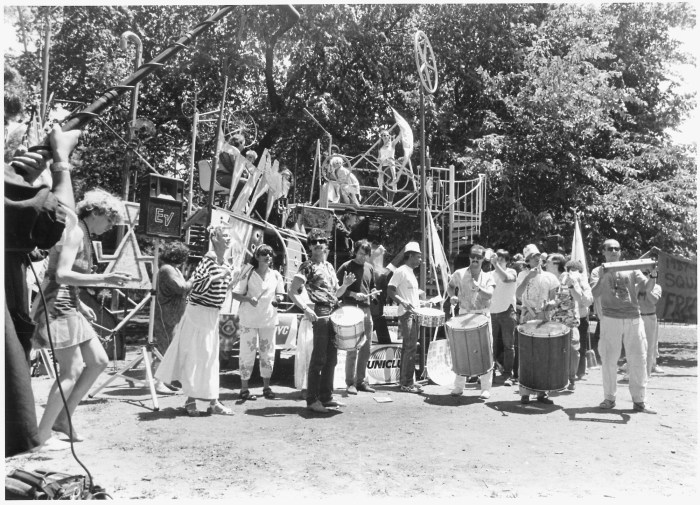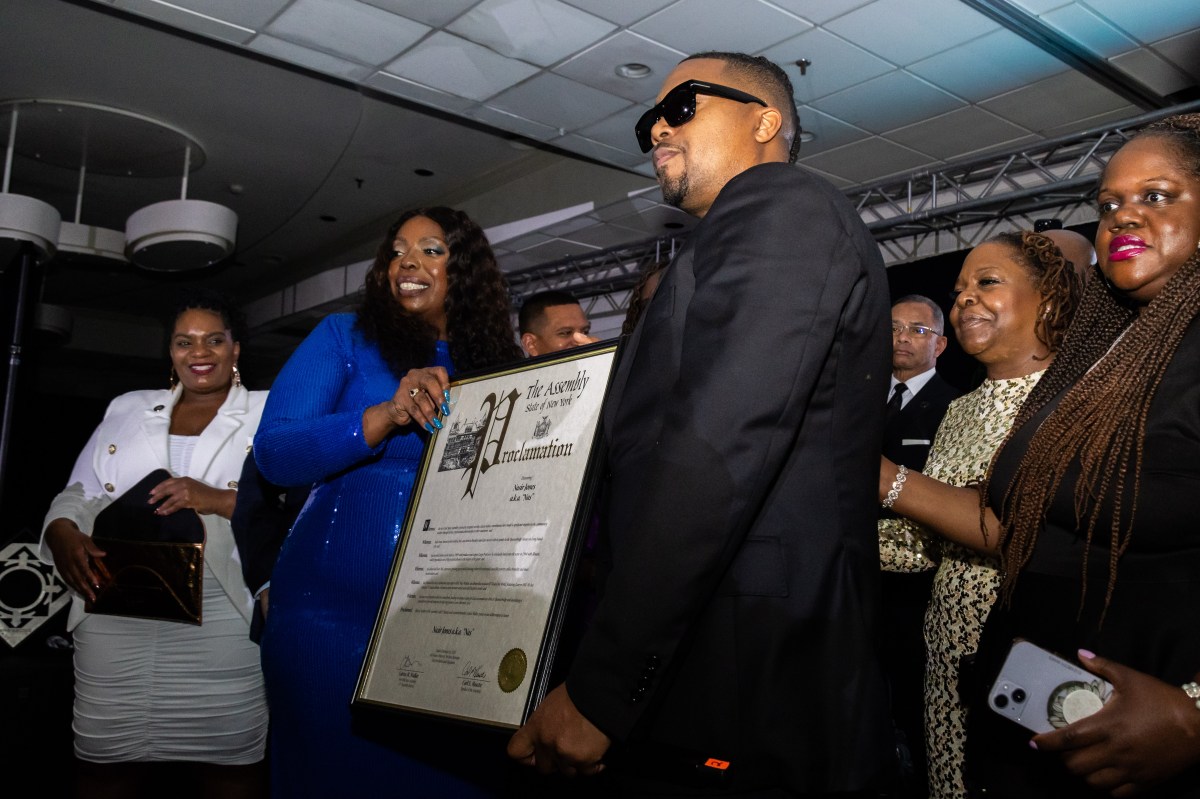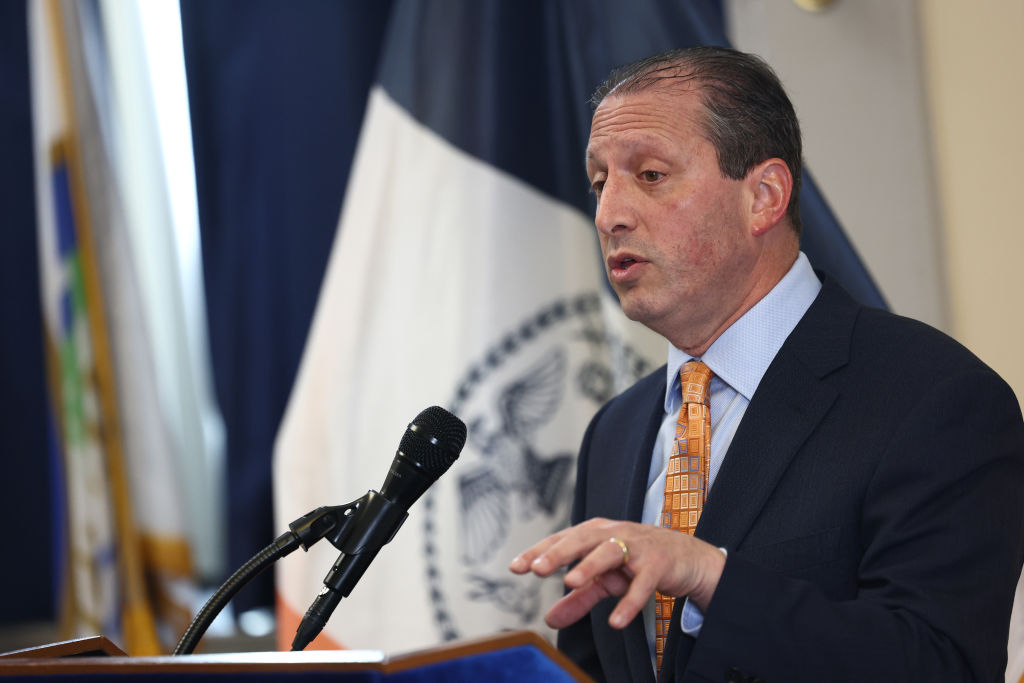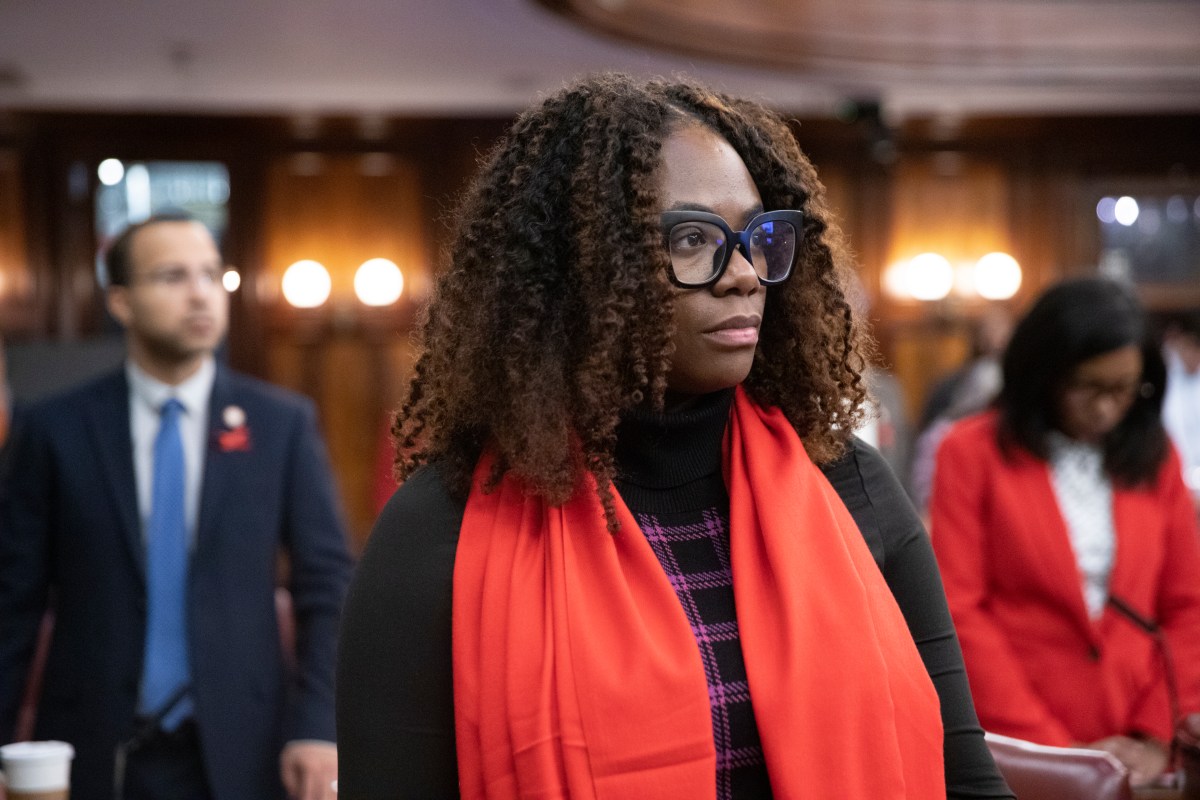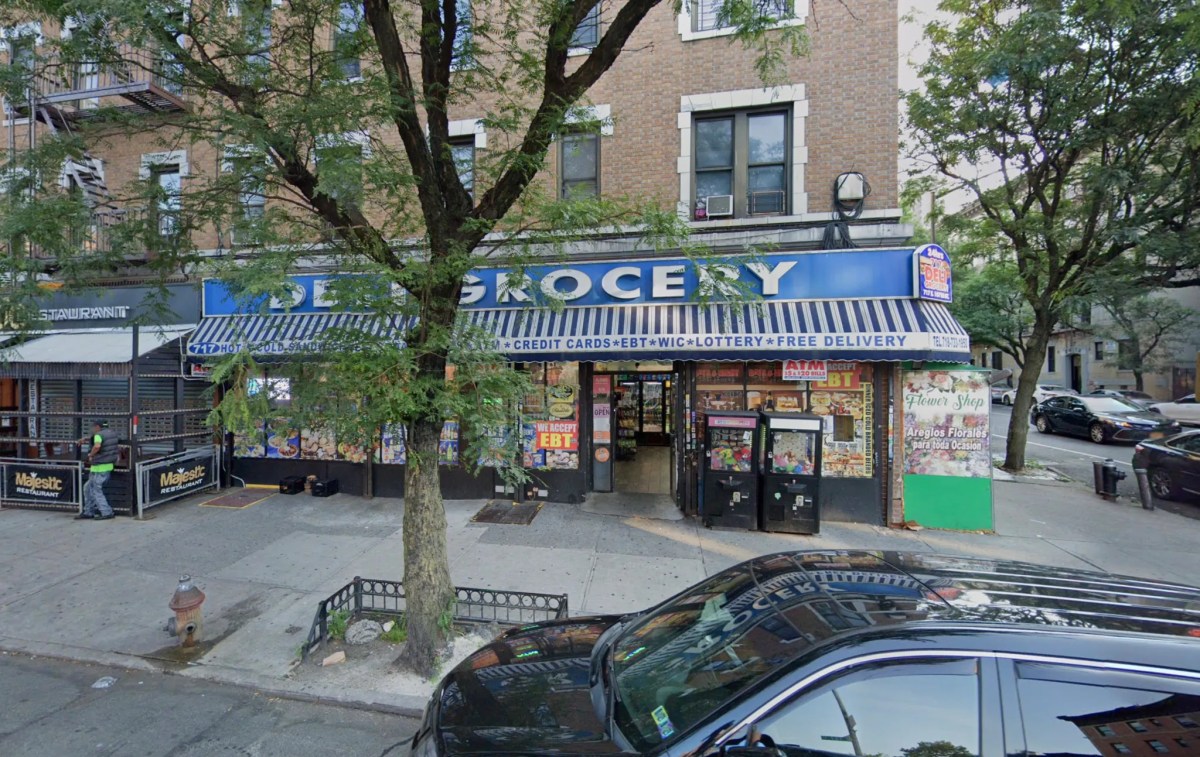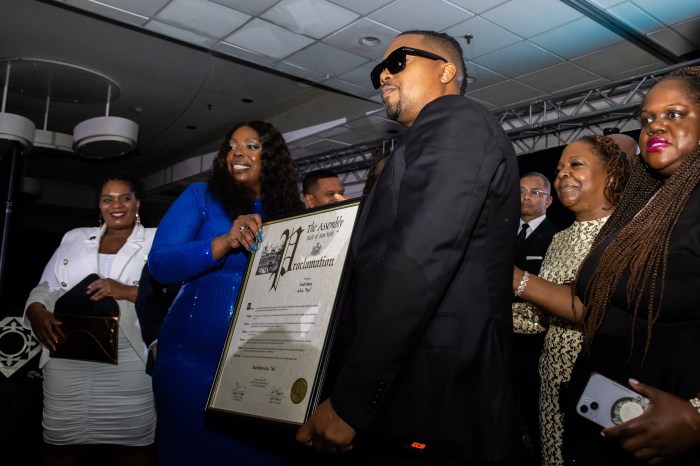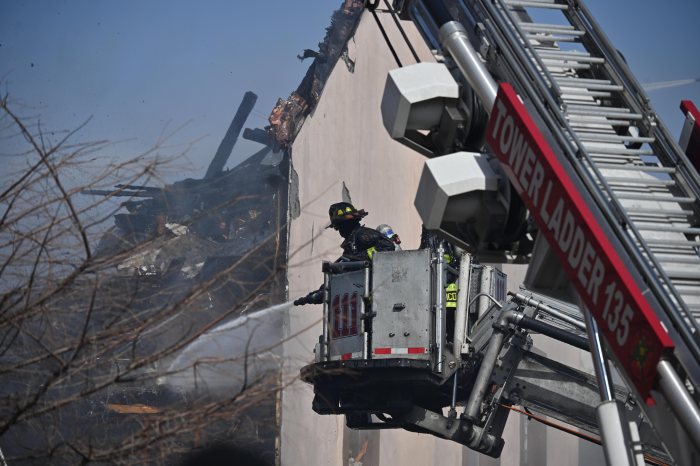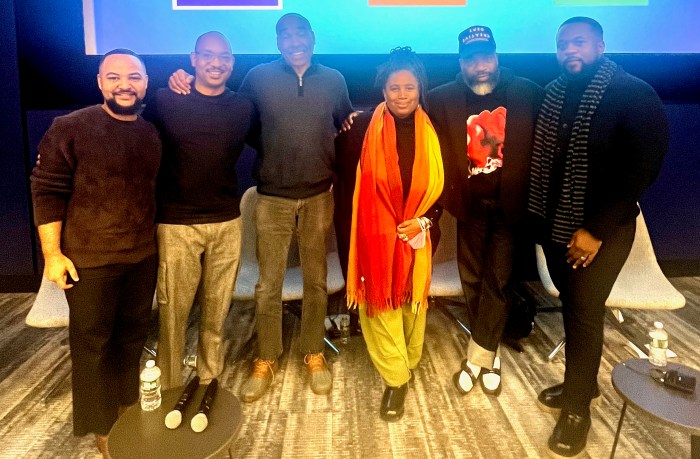Singer/songwriter Robert Leslie got his start in New York City. That is to say that he was born here, living in NYC briefly until his journalist parents moved him to Amsterdam and London.
He spent some time in college in Utrecht but realized after the first year that the academic life wasn’t for him. Add to that the fact that his girlfriend dumped him and he needed brain surgery to remove a benign cyst and one might understand his need to follow his creative impulses.
Leslie followed his to Spain, France and Morocco and Holland, supporting himself by busking on the streets with his mostly original tunes and some well chosen covers. He managed to record two EPs while on the road, but admits that although “the music was going quite well, it was hard to concentrate as a nomad.”
He decided to try his luck in America, thinking about going to either Los Angeles or New York.
“New York appealed to me more — it’s where I was born and it had the Dylan connection,” he explains.
Just before the flight — which he paid for with coins he had earned from busking — he decided that traveling with clean clothes might be a good idea.
“But someone stole my clothes from the laundromat!” he recounts. “I literally flew to New York with just the clothes on my back.”
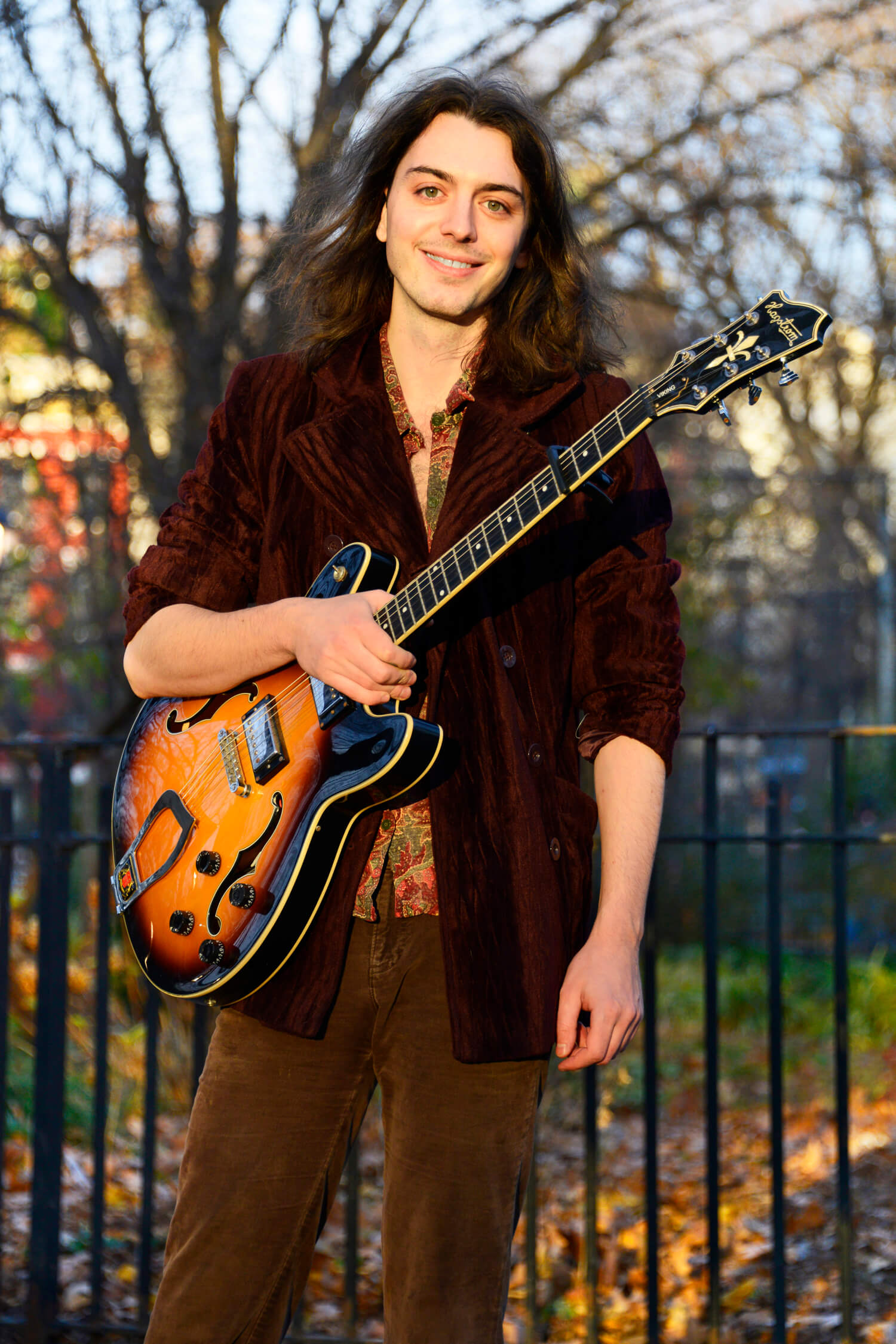
He found a hostel in Bed-Stuy — which he recalls being somewhat less than stellar accommodations — and began to ply his trade in the subways. Luckily for him, he caught the ear of a girl who enjoyed his music and conveniently had a room available for him to rent.
“New York is a great place for psychic connection between people,” he notes.
Leslie spent four years playing almost daily in the subway before emerging to make a go of it in Washington Square Park, where he enjoyed playing until it started to get too crazy. Leslie’s thoughtful, elegant songs didn’t quite fit with the “ravers and DJs,” so he headed east to Tompkins Square Park, where he has found a whole new audience.
“The crowd in Tompkins is very brainy,” he muses. “It’s a very creative area with a creative crowd. Everyone is living out their own little story. I can go into more obscure musical territory there.”
In addition to his own songs, Leslie will mix in tunes by his favorites, including Bob Dylan, Radiohead, The Tallest Man on Earth, Velvet Underground, the Beatles and Nick Drake, who is an obvious musical ancestor. He also mentions that “books are a big influence. I almost always write the lyrics before I write the music.”
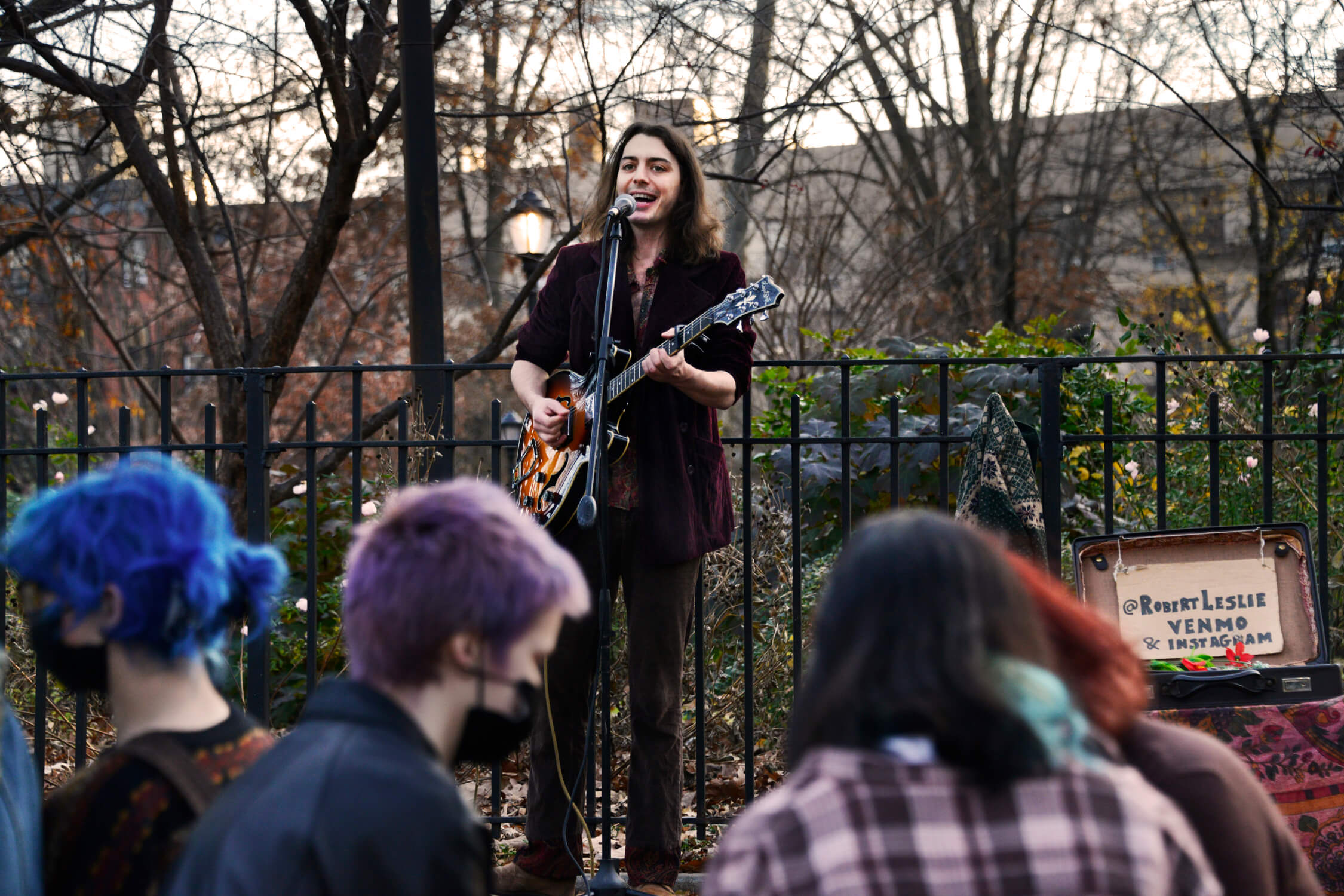
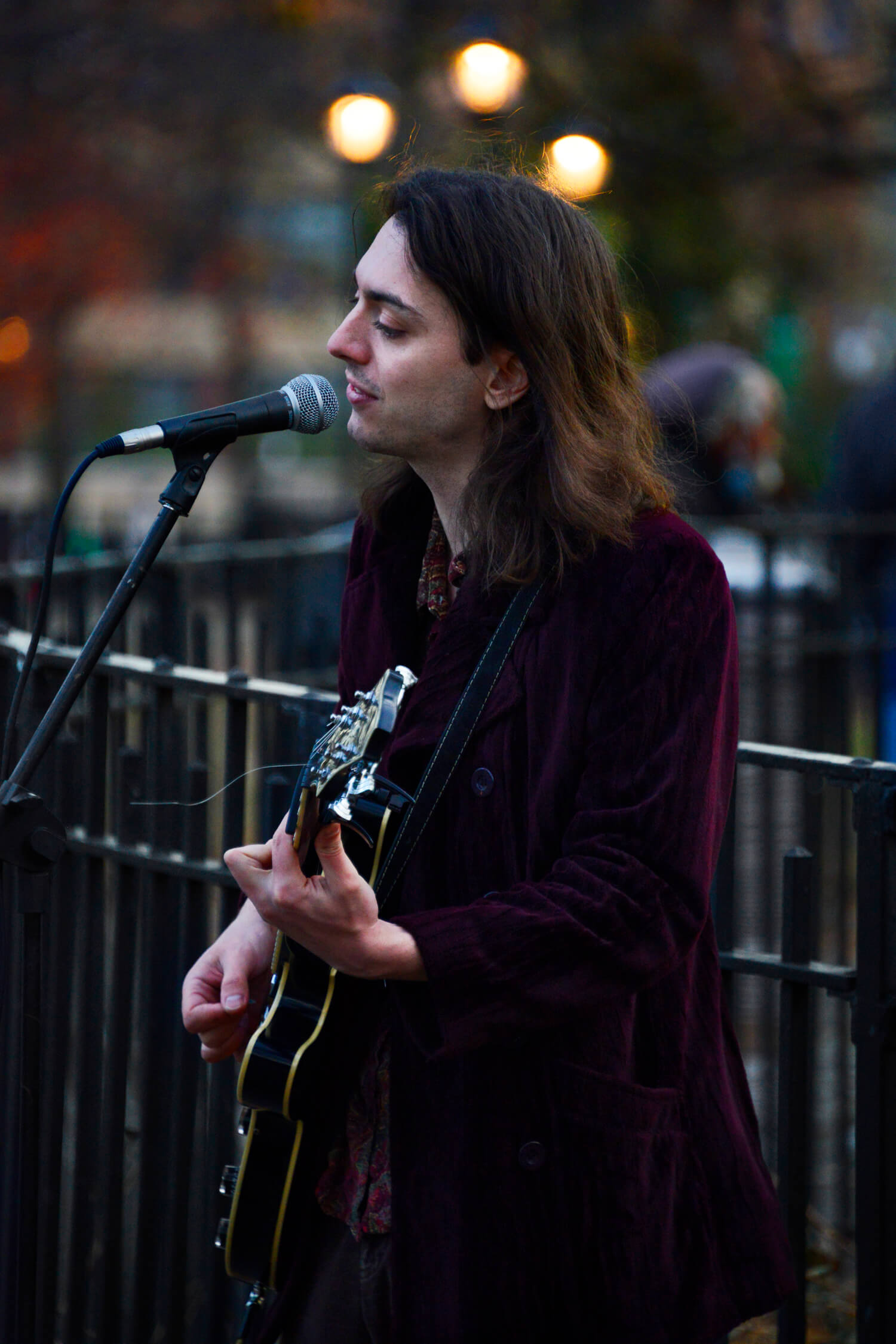
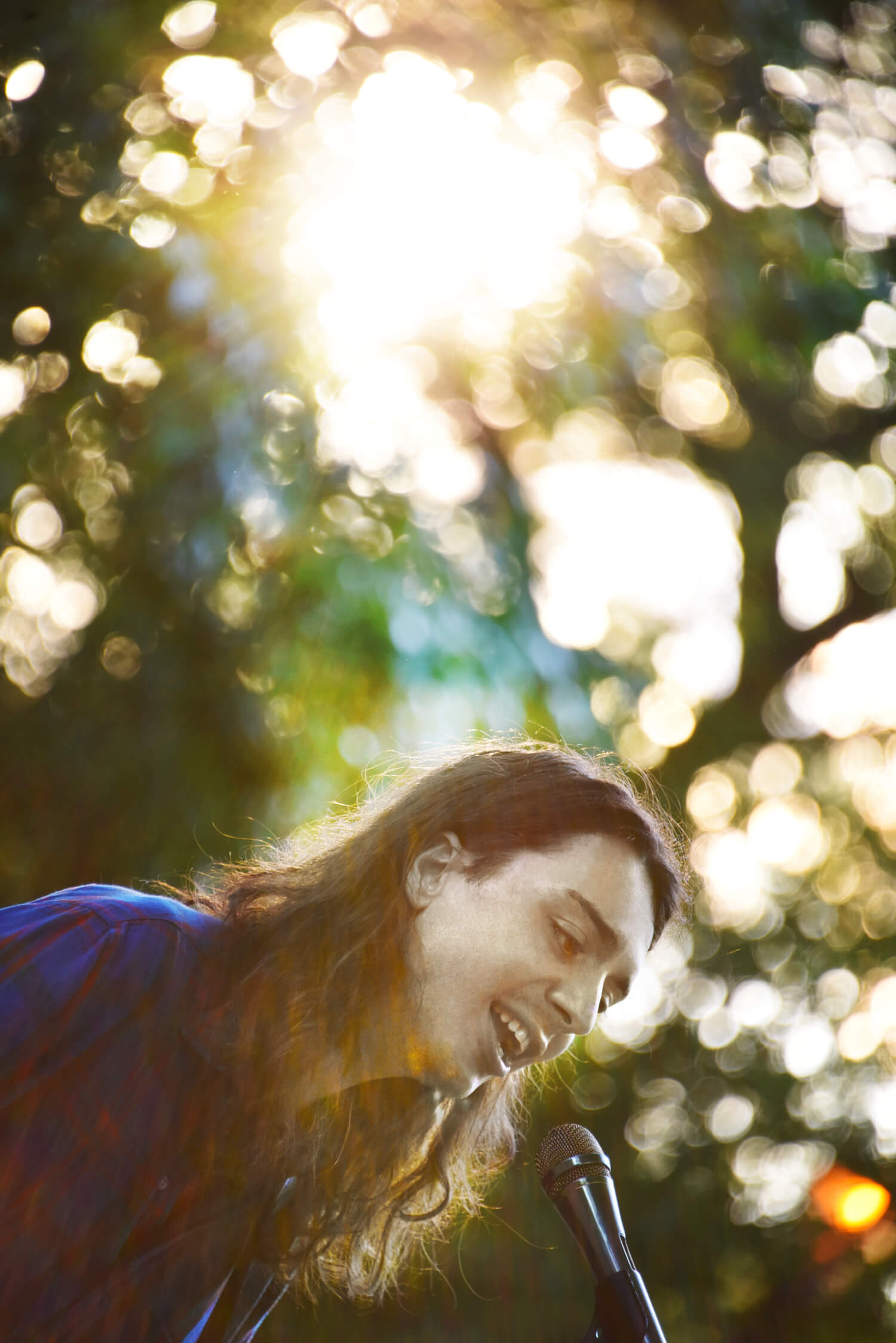
Luck — or perhaps a psychic intervention — brought Leslie to the attention of producer Perry Margouleff. An assistant of his heard Leslie, bought a cd and brought it to Margouleff, who didn’t bother to listen to it. “Just tell him to come to the studio,” he instructed.
So Leslie made his way to Long Island, where they hung out amidst the producer’s collection of antique guitars and vintage recording equipment, such as the original mixing board from David Bowie’s Berlin years.
“You’re one of the real ones, he told me,” says Leslie. “I don’t think that he liked my music that much, but he liked hanging out with me.”
He liked Leslie enough to invite him on a drive to Los Angeles “with a million dollars worth of guitars in the trunk.” Upon returning to his Brooklyn home, Leslie hunkered down in his home studio — a room he shares with his partner’s sewing machine and a potter’s wheel — to record the songs he had written during the pandemic, which Margouleff liked enough to produce.
“He said, ‘It needs a bass,'” and the next thing he knew, Dylan’s noted sideman Tony Garnier was adding his skills to the project, playing a bass once owned by Charlie Mingus. As if that wasn’t enough, Margouleff decided — while watching the Rolling Thunder Review documentary — that violinist Scarlet Rivera was another necessary element and he tracked her down and got her to record her parts in LA.
The results can be heard on the new album “Halfway Home”, which Leslie is dropping bit by bit over the winter, with the whole thing scheduled for a spring release.
“I was writing about things close to home during the pandemic,” he notes. “This was a romantic place to spend the apocalypse.”
While he is taking a break from performing outdoors, there are a few shows scheduled in the clubs in January. He looks forward to the spring, when he typically announces his location on Instagram and plays in the hour and a half before sundown, when the setting sun’s glow perfectly frames his lovely sound.
“It’s amazing to me that I can play these songs out there,” he confesses. “It’s an honor that people come out to hear me do my thing.”
Robert Leslie can be found on Bandcamp, Spotify, Facebook and Instagram.



